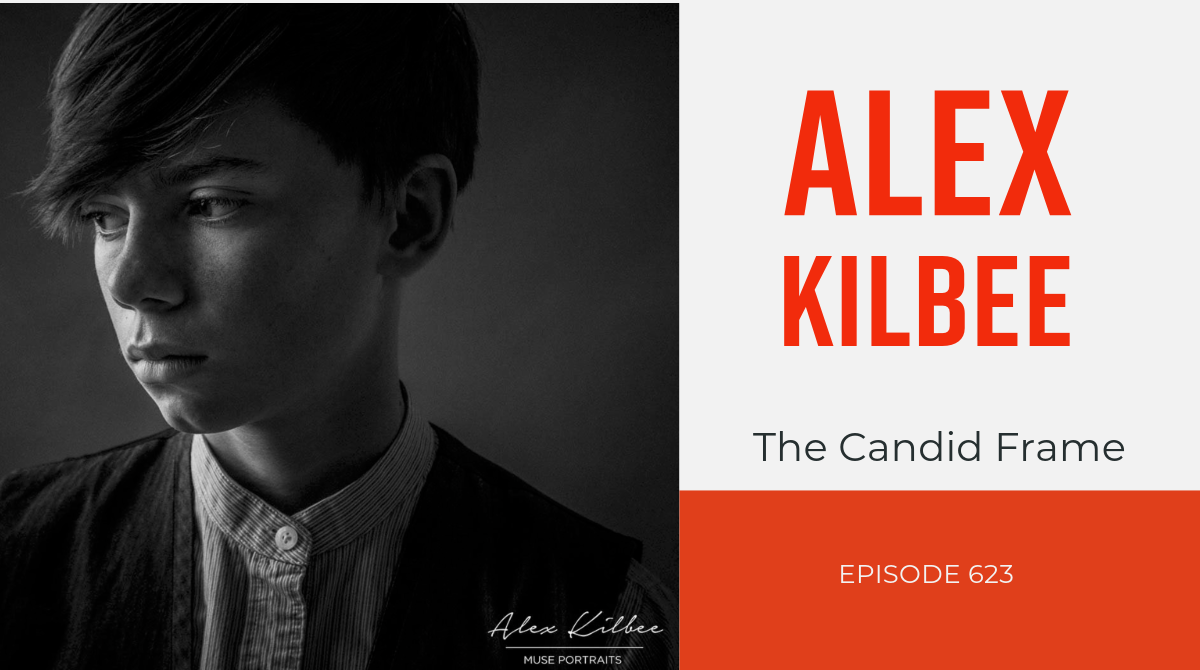Keeping a photo journal has proved incredibly helpful for my photography. I do more than just keep notes about shutter speeds and apertures. Instead, it’s an opportunity for me to turn the lens on myself and evaluate my process for making images.
Over the years, I realized that it was more what was in my head rather than in my camera that made the biggest difference for my photography. Writing a journal of my experiences helped me to identify the things that could help or hinder my photography.
Whether I found shooting days successful or disappointments, I wanted to understand the circumstances behind those moments. It was especially important to identify those things that worked to my benefit. I also wanted to learn what to avoid.
To do this, I would write in my journal as soon after a shooting session as possible. It was important for me to do this even before looking at the photographs. I didn’t want my judgment of the photographs to influence my journal entry.
I was quickly able to identify the obvious avoidable obstacles including not checking my equipment the night before, not wearing comfortable shoes, being unfamiliar with a new camera or shooting while hungry. However, it was entries about fear and insecurity that provided me the greatest insight.
It was moments when I felt fear or anxiety about a shoot that could really poison my time with a camera. If I felt that things weren’t going well, I would grow impatient and frustrated which only made matters worse. And if I began comparing myself to other photographers, I was really diving head first down the rabbit hole.
By writing and later rereading my journal entries I was able to recognize those moments and how they negatively impacted my ability to be creative. So, when the moments would arise again, as they inevitably would, I would remember to take a step back and regroup.
One the days when I felt things were firing on all cylinders, I would feel that I was completely in the moment. I wasn’t making judgments about things that happened the day or even minutes before. Neither would I fixate on things that hadn’t happened yet. I was fully in the now carefully observing my subject and scene for light, shadow, line and shape and gesture. I was deriving pleasure just from the practice of seeing. It was less about whether I had nailed the photograph and more about whether I was enjoying myself.
When things weren’t going the way that I would like, I was often preoccupied with things from the past. I might be unhappy that a job fell through or that check that I had expected didn’t arrive in the mail. Or I was anxious about some future situation such as whether a stranger I wanted to photograph would angrily reject me or that the whole day of shooting would be a wash. So much of what sabotaged those shooting sessions were in my head and writing in my journal clearly identified that.
Recognizing how it felt when things were going well and when they were off and why proved invaluable to me. When things were going wrong, I used tools like breathing exercises or simply taking a break to put me in a better state of mind. Rather than trying to force things, I learned how to shift my perspective and take the kind of actions that were necessary for me to have a better experience.
What I didn’t allow my journal to become was a diary where I would repeatedly lament how I sucked or how I felt I wasn’t improving. Reading enough of those entries got old quickly. What was important to me was to learn how to recognize those feelings and take actions that helped me to change them. Over time, my photography sessions were judged less on whether the images succeeded or failed, but rather how good of an experience it was making the photographs.
Though I initially started my photo journal, using a Moleskine journal, I eventually began using an app called DayOne, which I can use across platforms (computer, phone or tablet). It makes it readily accessible to me, especially since I want to begin writing as soon as I have finished shooting. An added bonus is that I can include images from the day’s shoot to have as a reference, which I often produce using my cell phone.
As photography has progressively become less about the technical and more about a create a state of mind, my journal continues to be one of the greatest resources in my tool chest.



















Jeffery Saddoris is not only a talented artist, writer, and podcaster but a friend. A repeat guest of the podcast, we have enjoyed wonderful conversations about what it means to lead a creative life. What started as a technical test of my new podcast set-up turned into another wonderful conversation. We discussed recent events in my life and where we stand in our creative lives. Most importantly, this episode marks our return to regular production with new episodes of great conversations with and about photographers. Thank you for your kindness, support, and patience over the past three months.